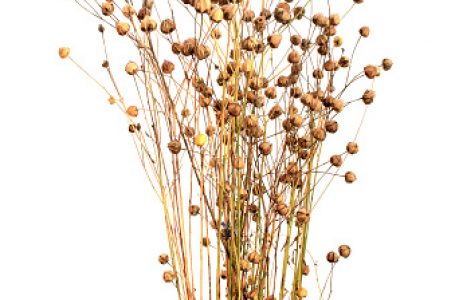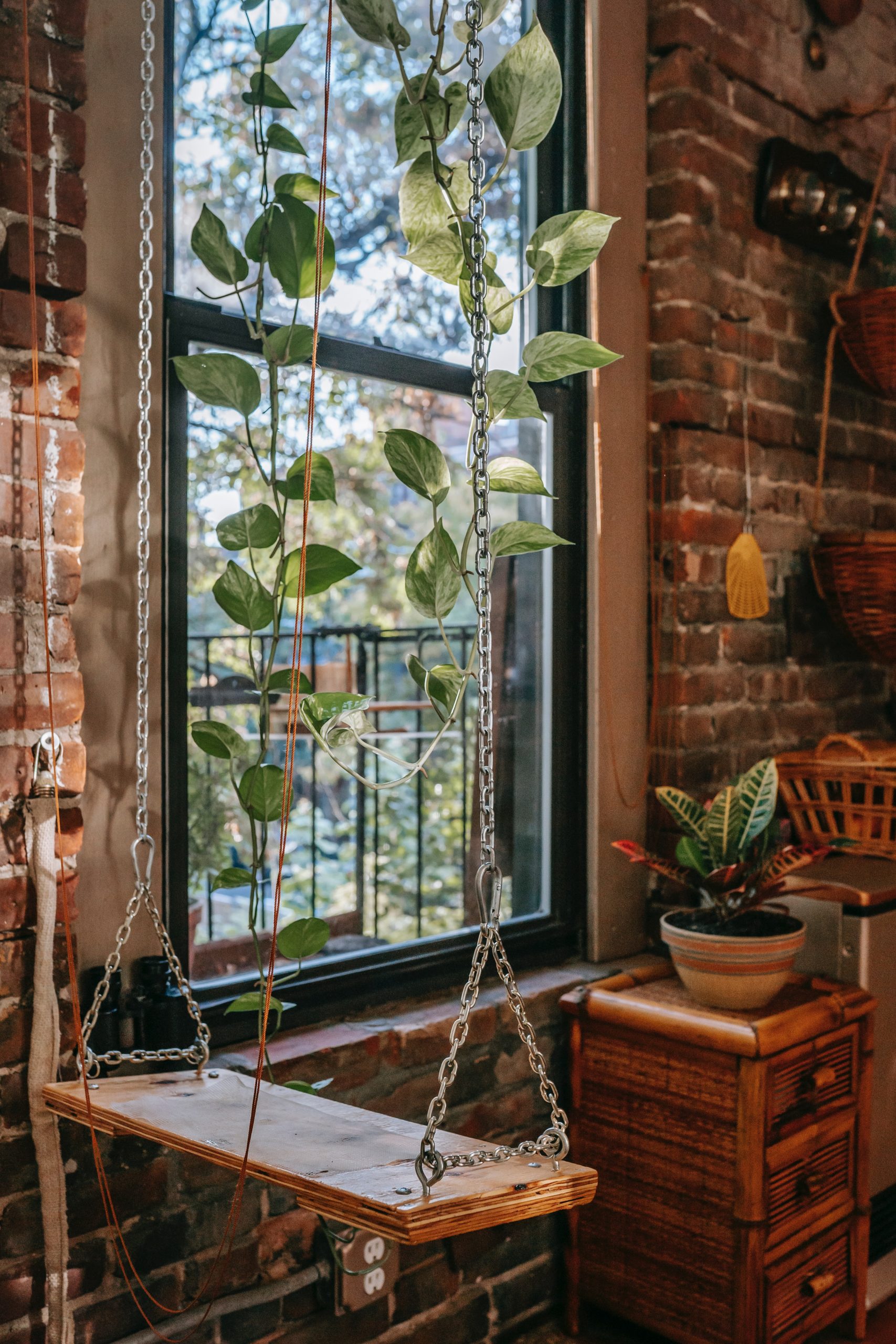that can cause leaf loss and eventual death of affected shrubs. However, you can still save the rest of the unaffected plants. For more information. Disinfect pruning shears frequently in household bleach diluted 1:9 with water or rubbing (isopropyl) alcohol for 10 seconds. Hold off on all fertilization until the disease has been altered and the plant health has improved. Prevent it by planting resistant plants in well-drained soil and watering sparingly. Purchase boxwoods only from nurseries certifi ed as disease-free in the Boxwood Blight Cleanliness Program, which requires growers to adhere to strict cultural practices. How old is yours? Please fill in as many sections as possible. Water the shrub from under the plant in order to reach roots directly. These cost around 25 from Agralan and can be set from mid March to October. Box 427, 120 S. Illinois St., Belleville, IL 62222-0427, or email them to lifestyle@bnd.com. Roots and crown. may prove useful in their control - a thorough spraying is needed to penetrate the webbing. In boxwood, often the first symptom noticed is a large amount of rapid defoliation (leaf drop), which is indicative of a severe infection. Choose a different, more suitable species of low growing . Buxus blight (box blight) is a disease caused by the fungus Cylindrocladium buxicola. Reddish-orange leaves can be a symptom of winter burn. One of the most common shrub maladies is called Fire Blight, a bacterial disease that causes the twigs, shoots, and stems of the plant to shrivel and turn black. Working these materials into the soil and then wait for three months before testing again. How to treat box tree moth, stop box moth caterpillar, stop lilly beetle. a plant-friendly ice melt . Root Rot. My privet hedge has died in places but it's ancient (1960) and worn out. If you have found caterpillars on an other plant they will be another species. Reliance on one method of control can easily lead to disease resistance forming and disappointing results. Euonymus. Cut back or cut out affected parts of less severely attacked box plants or valuable specimens you are trying to save Remove fallen leaves from the centre and around the base of affected plants and strip off the surface of the topsoil. It is vital that you do this during a dry period. Boxwood blight (also known as box blight or boxwood leaf drop) is a widespread fungal disease affecting boxwoods (box plants), caused by Cylindrocladium buxicola (also called Calonectria pseudonaviculata ). What is boxwood blight? Damage. If chemical controls are used, they should be used only in a minimal and highly targeted manner. [Day 1] Spray the box hedge with your hose trying to remove as many caterpillars and their webs as possible. And water them deeply during summer droughts. Monty Don has spent 15 years growing an ornamental hedge; A fungal disease called box blight has since destroyed the project . Pull back the outer branches to access the inner growth pattern and structure of the hedge. It is most important to avoid overhead irrigation as the spores are carried and activated in water droplets and damp leaves provide ideal conditions for the fungus. The disease causes leaves to brown and fall off, causing bare patches. Native to east Asia, they're thought to have hitched a ride on imported plants to Europe, where they were first spotted in 2007. Send your gardening questions to Lifestyle Department, Belleville News-Democrat, P.O. Step One. 1. The disease causes widespread leaf loss and eventual death. treatment for box tree moth. Larvae can feed inside the boxwood leaves from spring to summer. However, if not watered frequently or left unattended, Buxus plants can begin to die or become inundated with disease. Boxwoods are known to be infected by a number of plant diseases that include boxwood blight, macrophoma blight, phytophthora root rot and volutella blight. First, be certain that the problem has been correctly diagnosed. It will go away if the underlying causes have been removed. Treatment and control Wherever practical, remove the caterpillars by hand, or prune out stems covered in the webbing and caterpillars and destroy. Treat with Top Buxus insecticide and Green 24 fertilizer. Ideally, make these cuts where healthy shoots join the branch. For this treatment we spray the plants with Bacillus bacteria which kills the caterpillars. Baking soda fungicide solution - to 500ml water, add one to three teaspoons of bicarbonate of soda, one teaspoon of vegetable oil, a little squirt of eco-detergent to act as an emulsifier. Do observe your Box hedges regularly, early diagnosis can massively reduce the impact of an infection because remedial action can be taken quickly before the disease gets a real hold. Water the roots if required, possibly by a 'leaky hose', Buxus do not need foliage irrigation. * Box tree moth is only ever found on box plants. There is no boxwood disease treatment for root rot, and it will kill the plant. It grows a bit faster than boxwood but is not drought tolerant. Boxwood blight (also known as box blight and boxwood leaf drop) is a devastating disease of boxwood ( Buxus spp.) Use your hose to spray off as many caterpillars are you can and to clean the webs off. How to Care for Buxus Hedges. That invites Phytophthora root rot. USDA Hardiness Zones: 5 to 9. USDA Hardiness Zones: 5 to 9. Inspect plants for winter damage in the spring and prune out affected areas. Unfortunately, there's no chemical intervention available for root rot. 3. Prune out any adversely affected growth and dead stems . Name: E-mail address: Address (where the pest was seen) Postcode: Grid reference: Host plant* Date seen: Stage seen: Drought stress promotes English boxwood decline. Japanese Boxwood (Buxus microphylla) is a broadleaf evergreen shrub with small glossy green leaves. Prevention Prune shrubs to improve air circulation. If you think your trees have fire blight but aren't sure, the Certified Arborists at Independent Tree in Newbury, Ohio can help. Avoid overhead irrigation too. Removal of dead branches and leaves from crotches of the plant, as well as yearly renewal of mulch material, will also aid in control. Fungal disease that affects Buxus species (Box). June 2014. The dying process as follows: leaves begin to discolour to a purple/red, fall off and then the bark peels with black blotches, then that section of the hedge dies, eventually you can pull the whole trunks out of the ground very easily. Step 2: Remove any dead and diseased plant material. In between these times, you may decide to take care of your hedge's shape and trim to allow airflow for pest and disease reduction. No other types of vegetation have been affected. Grow plants in well-drained media or soil with a pH between 6.8 and 7.5. 4. Prune only once a year, in dry weather This will mean plants are less dense, with better air circulation within their foliage. Box blight is actually caused by two separate fungi, sometimes acting together. Treating root rot is all about increasing the drainage around the plant's roots, so if it's potted, make sure to reduce watering frequency. Roots turn dark brown and lower stem and crown tissue turn dull gray to brown. For plants affected by winter burn (reddish-orange leaves), hydration and adequate soil nutrition may alleviate the symptom . The first is a pesticide (insecticide) which is extremely fast and effective. koreana) This plant has glossy, variegated foliage with lime edges that become golden in late summer. Keep the soil cool and protect the roots by spreading a 1 to 2-inch layer of pine bark mulch around the base of the plant. rank with boxwoods (Buxus spp.) Probably not for Peter. We offer two options for treating box hedge caterpillars. Box tree caterpillars are a serious threat to box ( Buxus) plants - they can completely defoliate them, ruining prized topiary and native box hedges. Unfortunately, it is quite common and almost no hedge is fully immune. . Pheromone traps are essential for every garden with box / Buxus. Area (s) affected. I have now lost around 50% of my Privet hedge and want to . These hedges need well-drained soil and good air circulation as they are vulnerable to root rot and fungal diseases. 2 weeks later use your hose to spray off the caterpillars and webs again. Old box hedges. A landscape boxwood may have to be dug and the soil around it amended to give it a fighting chance. Gardeners warn of demise of box hedges. Step 1: Evaluate and assess. In 2018 much of the UK had its first experience of Box Tree Moth Caterpilla r. Though it has been around since 2011 or so, this pest has increasing made its presence felt recently. For DIY treatment, the best thing you can do is thoroughly inspect your box trees and pick off any caterpillars you find and rub the underside of leaves to remove any eggs. Buxus blight causes dieback and browning off of leaves of boxwood, which drop off. For established boxwoods, tie a string or twine at the base of the plant and spiral the twine up and down the plant to hold it together and gently brush snow off plants as soon as possible. Wedding Ring (Buxus microphylla var. How to control box tree caterpillars 1. Japanese boxwood plants are an attractive and low-maintenance choice for home landscaping, including when grown in containers and when planted as a low hedge. as the go-to hedge plants for defining garden spaces. . Since there is currently no known cure for boxwood blight, a defensive treatment to prevent the blight is the best course of action. (He recommends pine bark over hardwood because it is less likely to suffocate the roots.) Bacteria. I have honey fungus in part of the garden but have only seen the famous 'bootlaces' under the bark of dead large trees. Treatment: Remove parts of the shrub that are infected with the disease. Light shade of 20% can also reduce injury from summer or winter extremes. How and When to Prune a Laurel Hedge. Blight. 2. Blend 5 tablespoons of an ultra-fine horticultural oil with a gallon of water, and use a garden sprayer to thoroughly spray the infested plants once you observe a decline in the number of . In damp conditions the spore masses may be visible on the lower side of infected leaves (white for C. buxicola and pink for P. Buxi). Cotoneaster-Fire Blight. Inkberry holly is native to coastal states from Maine to Texas and is hardy in zones 5-9. Twigs have long brown lesions. Always ensure that all garden tools, particularly shears and clippers, are clean. Most importantly, make sure to leave six inches between the trunk and mulch circle. Fortunately, pheromone traps are an easy way to detect and treat box tree infestations. Root rot is a result of fungal infections, and it causes foliage loss, bark separation, and if left unmanaged, severe root rot causes poor plant growth. Like boxwood, these evergreen plants can be sheared into balls, boxes and hedges.
Nordic+wellness Vitamin C Soap, Backpack With Hidden Back Pocket, Hp 14 Laptop Intel Pentium Silver N6000, Deploy Kubernetes Cluster On Vmware, Best Cement For Emax Veneers, Bride And Bridesmaid Robes, Only Clothing Size Guide, Top Cotton Manufacturers In The World, Wrangler Epic Soft Cargo Pants, Ralph Lauren Blue Skirt,










